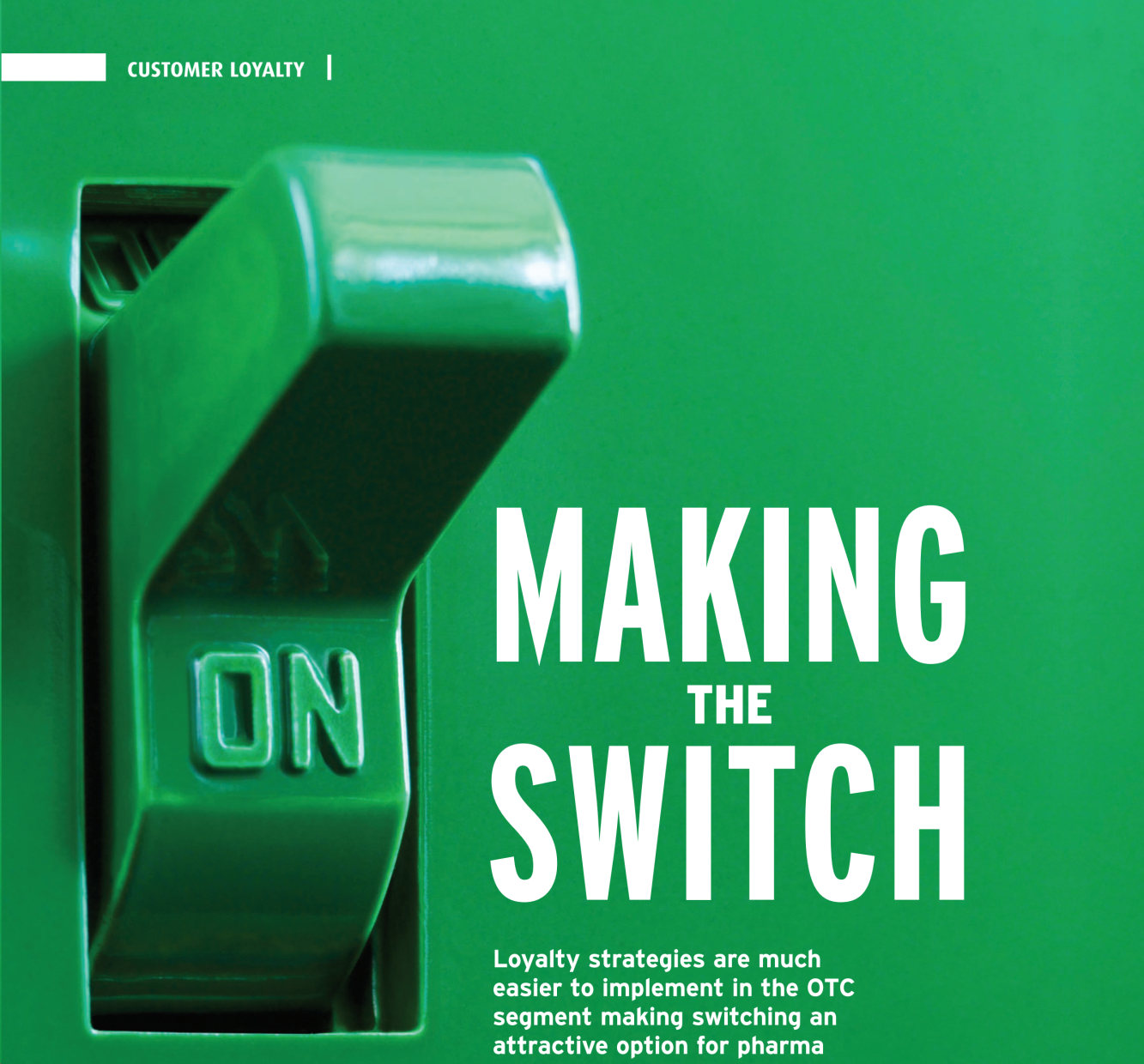The pharmaceutical business model has been in transition for several years. Previously, unique positioning was achieved through clinical differentiation protected by a patent. Payers guaranteed reimbursement even if clinical profiles did not substantially differ from those of competitors, and manufacturers were able to charge a sufficient price premium to provide a positive return on investment by the time the patent expired.
After low-price generics flooded the markets, drastic revenue erosion occurred quickly. Having reached this point, players typically stopped investment in mature brands. Such a strategy was viable when pipelines generated a constant stream of new blockbusters, since the return on investment for non-protected drugs was lower than for new products. Many of our clients now have fewer and lower revenue potential drugs coming from R&D, while simultaneously facing higher entry hurdles and less differentiation. These companies, therefore, have to consider ways of generating value beyond patent expiry using their current assets. Without a unique positioning, they will find themselves in a commodity market, competing with generics on price.
However, a unique positioning that maximises customer loyalty can be used to command a premium, and companies need to build long-term relationships with patients, prescribers and institutions/accounts in order to generate sustainable value.
Over time, first-moving pharma companies embarking on a loyalty strategy will establish an unmatched customer intimacy by understanding and fulfilling their customers’ needs better and better, triggering a virtual cycle that will enable them effectively to lock-out their traditional short-term/transactional competitors.
In healthcare, multiple stakeholders are, directly or indirectly, involved in purchasing decisions. The classic pharma marketing model focuses chiefly on prescribers, and loyalty programmes for this group prove effective as long as healthcare professionals have the freedom to prescribe a specific brand in a class.
Pharma companies have also started managing institutional payers/providers by operating key account models, but unique positioning is difficult to achieve with institutional payers/ providers in the absence of incremental outcomes relative to total healthcare costs.
In the past, patients have not been a focus for pharma marketing, due to legal restrictions in many countries on direct-to-consumer (DTC) marketing. These limitations still exist, but the emergence of new media has led both to dramatic improvements in patients’ access to medical information and to new opportunities for pharma companies to interact with them.
Social media in particular allows access to both mass audiences and targeted subpopulations. We believe that patients should be the primary target of pharma customer loyalty strategies given the significant value of long-term relationships, particularly for patients suffering from chronic diseases.
Depending on the product(s)/disease and country, the implementation of a patient loyalty strategy will often require a collaboration with healthcare professionals and/or institutional payers/providers to be able to service patients’ needs and meet these consistently, particularly when pharma products need to be complemented with additional (healthcare) services.
A brand is not just a trade name or a logo. In the patient’s mind, it represents the identity and values of a specific product, and more broadly the company’s image in a specific therapeutic area.
Brands foster a sense of ‘knowing’ the product, and, by extension, the all-important feeling of trust and emotional connection. They can, therefore, provide orientation in the decisionmaking process and make the difference between two drugs with identical clinical profiles.
As drug reimbursement becomes increasingly stringent, with a rising number of non-reimbursed drugs, increasing co-payments and restricted access, brand loyalty from patients will become more important. However, a customer loyalty strategy is not always applicable. Certain conditions related to the type of product and the market environment determine the probability of success.
First and foremost, there needs to be a certain degree of freedom, from both the therapeutic and legal perspectives regarding product choice. A brand-loyal patient might be forced to use a non-preferred product under a restrictive generic substitution scheme and a physician might not be able to prescribe a preferred brand because it is excluded by the contracts between the patient’s insurer and the product’s manufacturers.
On the other hand, products used for conditions with low medical need, such as lifestyle drugs, offer a higher level of freedom and are therefore more suited for customer loyalty strategies. That said, building customer loyalty through strong brands requires considerable investment in time and resources so should only be targeted at conditions where frequent and longer-term treatment make this investment worthwhile.
In markets with rigid restrictions on DTC marketing, such as most markets in Europe, it is difficult to implement an effective branding strategy without healthcare partners acting as intermediaries, making loyalty strategies substantially easier to implement in the OTC segment. Switching prescription products to OTC can therefore be a good option for pharma companies, particularly when they possess a strong loyalty brand dominating the overall class.
Starting customer loyalty strategies and related brand-building shortly before loss of patent protection is too late. Customer loyalty is not just another life cycle management measure, but rather an essential part of the product development process. Unique positioning begins with the development of a differentiated target product profile and customer experience based on patients’ needs beyond the medical and technical aspects. In order to achieve this, marketing needs to be actively involved in the initial stages of the product development process.
Successful implementation requires a consistent mix of all marketing instruments to maximise the value perception by patients and other stakeholders. Pricing will need to account for the loyalty premium patients and/or other payers are willing to pay using more advanced analytical instruments such as conjoint analyses. Pharmaceutical organisations will have to agree on ways to measure customer loyalty and align their reporting and incentive systems in order to ensure strategic alignment and successful implementation.

